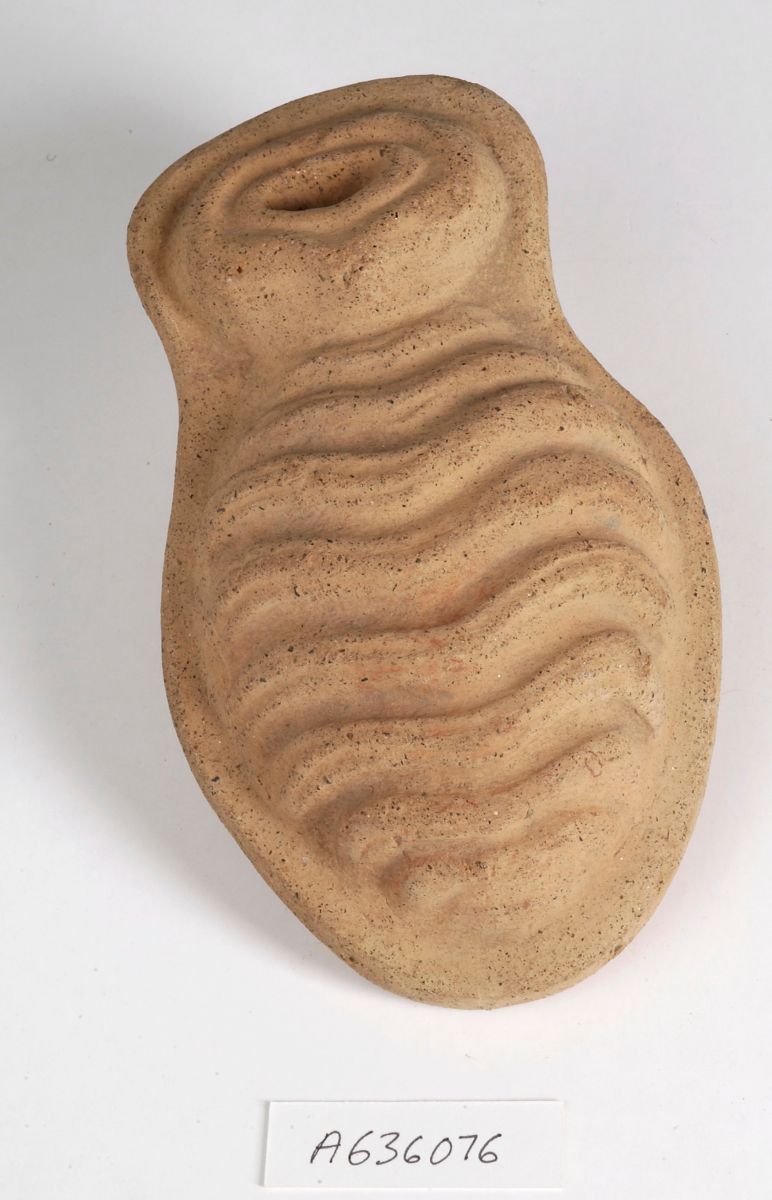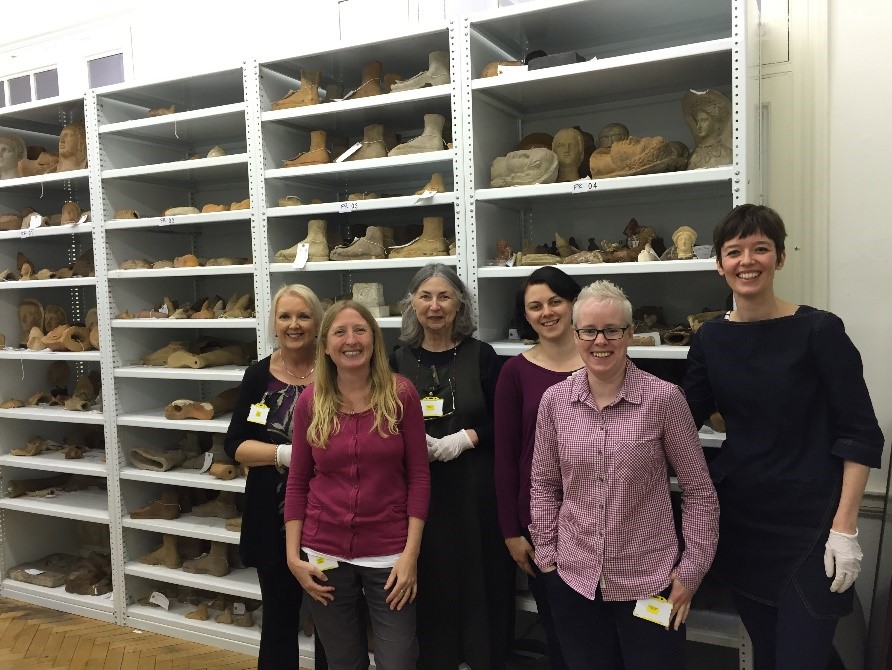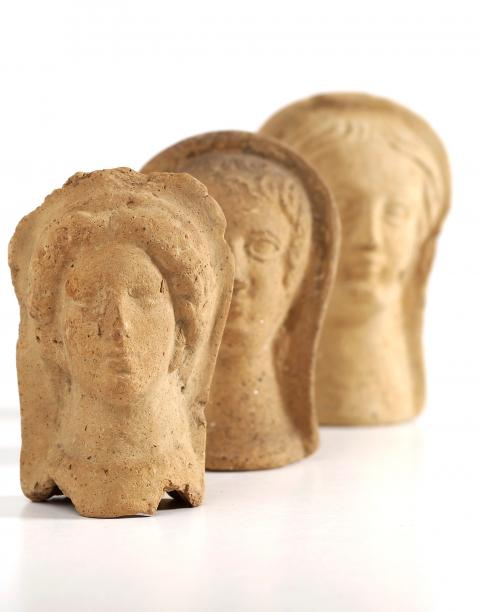Emma-Jayne Graham discusses her newly launched digital project with Jessica Hughes called The Votives Project, which examines ancient religion, medicine, and the divine through the lens of votive offerings in ancient sanctuaries and beyond.
“There must be lots of people working on material like this – wouldn’t it be great to be able to talk to them too?” This was the gist of a conversation with my colleague Jessica Hughes which eventually led to the creation of The Votives Project: a website and network of people from different backgrounds who study, create, or use votive offerings or other related ways of communicating with the divine.
Jessica and I both work on aspects of ancient votive cult, that is, on the ritualised dedication of material offerings to the divine by Greeks, Etruscans, Romans, and others, and we continue to grab every available opportunity to share with each other our latest ideas and discoveries. These conversations never fail to invigorate the two of us, but often leave us wanting to know if there is material we are overlooking, what others think about these things, and if they are asking the same questions. Out of this came our decision to start a blog which we could use to share our conversations and invite others to join them by telling us whatever it is they want to tell us about votive offerings.
.jpg)
"I curse Tretia Maria and her life and mind and memory and
liver and lungs mixed up together, and her words, thoughts and memory;
thus may she be unable to speak what things are concealed, nor be able..."
(© Marie-Lan Nguyen / Wikimedia Commons / CC-BY 2.5)
And tell us things they most certainly have. Our first very short pieces on ‘Tap and Pray’ (prayer money in modern Sri Lanka) and ‘Shadowy Figures’ (Etruscan elongated bronze figurines) were published in February 2014. Since then we’ve accumulated 61 posts by 25 different contributors and amassed a network of authors, friends, and collaborators who also follow the related Facebook group (a place for sharing shorter pieces of news). This includes postgraduate students and academic researchers within classical studies, archaeology, ancient medicine, museum studies, folklore, and religious studies, but also practitioners (including Catholic priests from Pompeii and Sant’Anastasia near Naples), as well as artists.

Image by Maureen Carroll and used by permission.
We set few limits to what we publish: it must relate in some way to the very broadly conceived practice of dedicating offerings and be no more than about 1500 words (but we aren’t strict and let everyone share as much or as little as they like). We are very informal, simply suggesting that people get in touch as and when they have something they’d like to contribute, and don’t mind if the offerings about which they write are true ex-votos in the sense that they are dedicated to mark the completion of a formal vow, or merely things that humans choose to use to construct relationships with a widely-conceived divine world. So we’ve had posts about votive chickens in the town of Pagani (Italy), wax babies in Cyprus, masks dedicated to Artemis Orthia at Sparta, and an unusual collection of keys dedicated at the ancient Faliscan sanctuary of Monte Li Santi-Le Rote at Narce. A recent post on limb votives from Japan has proved especially popular and certainly made me think in new ways about the ancient examples with which I’m more familiar, whereas two posts on Italic terracotta wombs have drawn attention to the multiple ways in which these rather enigmatic objects might be interpreted. It has also emerged as a space where we can see what happens if we push against traditional definitions: one post asks ‘Are curse tablets votives?’ and another on modern love locks brings votives into dialogue with the archaeology of contemporary assemblages. Pretty much anything and everything offering-related is welcome on The Votives Project!
A few surprising things continue to emerge, not least the interest we receive from the fine art community. This was not something that we ever anticipated, but several artists have contacted us to talk about their work. Liverpool based Tabitha Moses, for example, is a long-time supporter of the project and has been especially generous about sharing her own personal, unexpected connections with votives (we have an audio interview with her coming very soon!). Not all of these conversations have made it onto the blog itself but making these connections has compelled me to constantly rethink my expectations about votives not just as objects, but ephemeral gestures and intangible feelings.

Roman votive offering.
Wellcome Collection.
CC BY 4.0.

Roman, 200 BCE-200 CE.
Science Museum, London.
CC BY 4.0.
Votive offerings seem to be at the forefront of many more minds than Jessica and I ever imagined, and we have been contemplating this recently. Has our project merely surfaced something that was always there, or are we part of a contemporary ‘rediscovery’ of the votive? I’m not sure I can answer that, but what is certain is that votives easily cross boundaries and can appear to transcend time. From the earliest body-part offerings left at Middle Minoan peak sanctuaries (2000–1650 BCE), for instance, to the figures, limbs, and organs that line the walls of modern Catholic churches and hang in other sacred places throughout the contemporary world, it seems that humans have long enacted their personal relationships to divinity with reference to their own fragile bodies. More than that though, offerings of all types draw attention to very real people, very real anxieties, and very real lives. These objects never fail to prompt connections with individuals who might otherwise be cultural or historical strangers. I think Jessica describes it best when she says that every offering has a story, stories that we cannot always know but which we can be certain are there. We are prompted to ask about and imagine these stories when we encounter their material remnants, which in turn encourage human compassion in ways that many other objects left over from the ancient world do not. They draw us into relationships with real people; people who shared personal concerns not dissimilar to those that continue to affect us today: health, fertility, wellbeing, good fortune, the uncertainties of the future, and all of the many other anxieties that come with being human. Dedicating an offering, researching the processes connected with them, or producing artworks inspired by them cause us all to reflect on those same very human responses. If you’d like to join that conversation please do get in touch!

belonging to the Wellcome Collection/Science Museum (London) in May 2015.
Header image: Three Roman votive offering representing faces. Credit: Wellcome Collection. CC BY 4.0.


